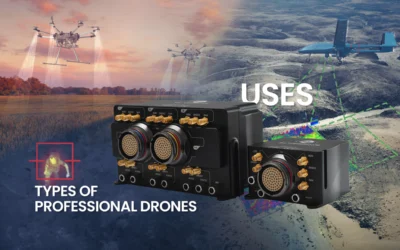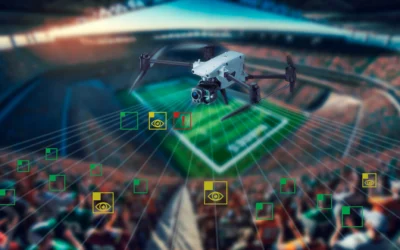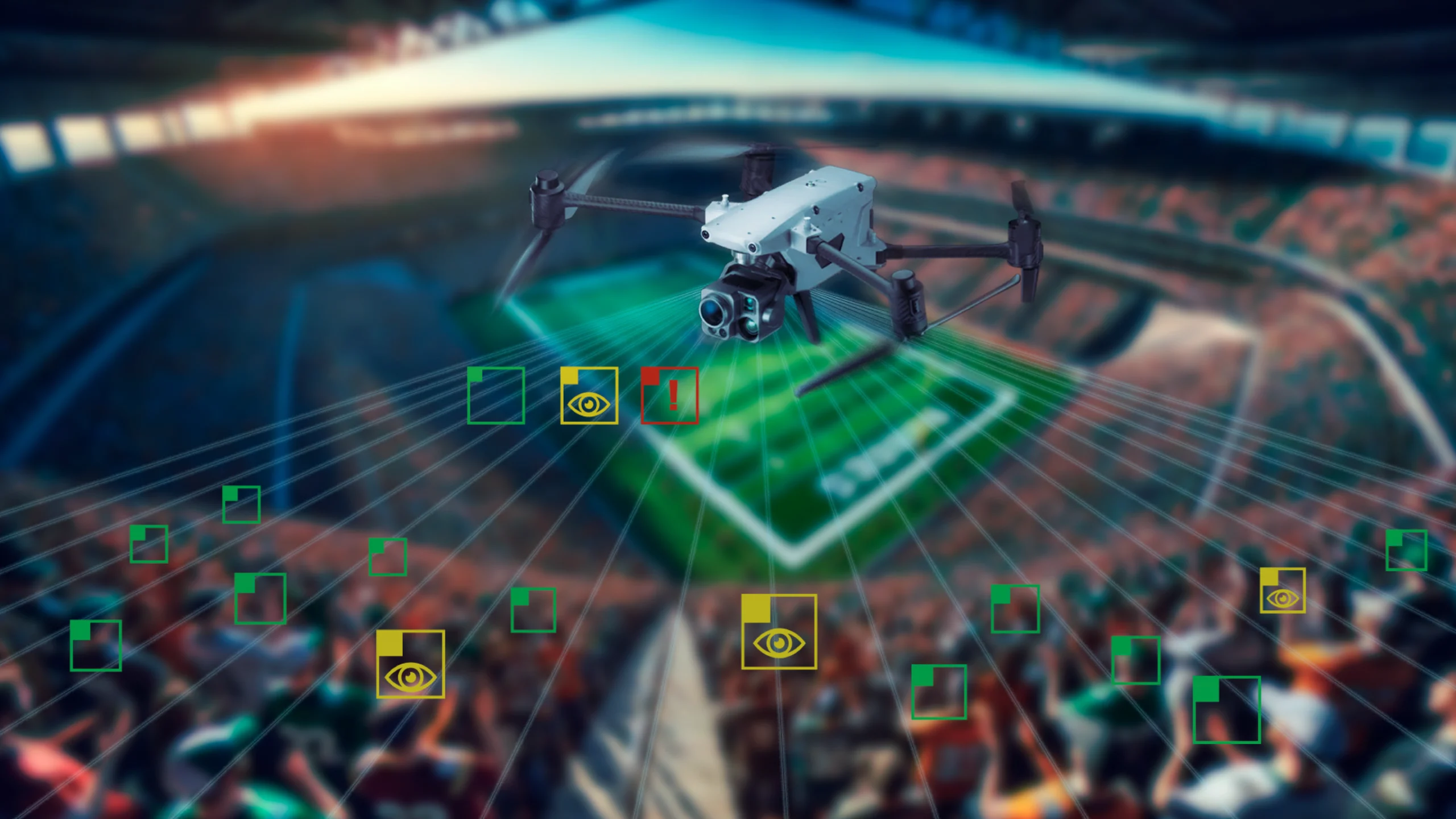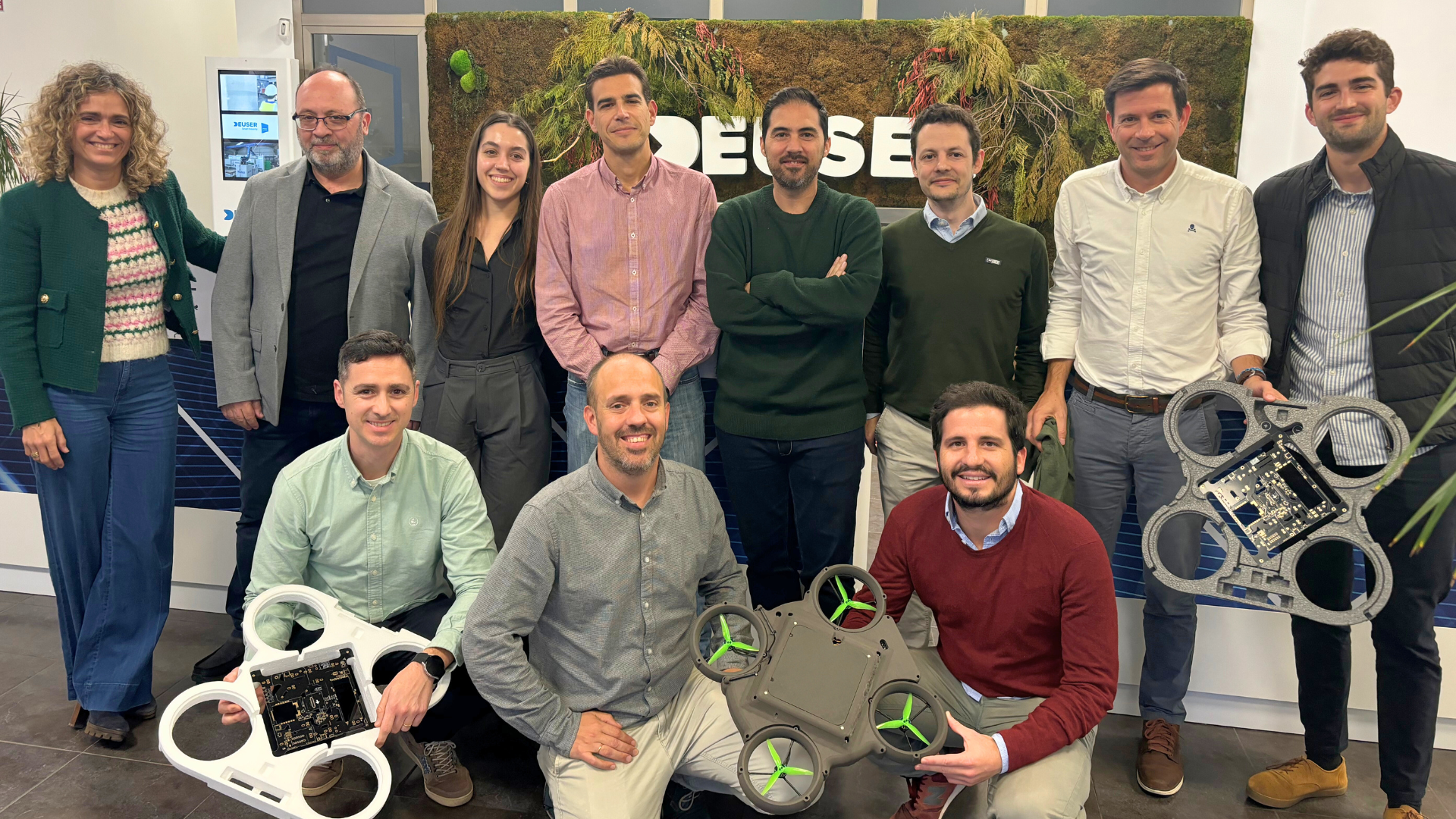The GNSS (Global Navigation Satellite Systems) systems, better known for their own global systems such as GPS or GLONASS, are established as one of the bare basics of navigation and transport nowadays. Since these systems are planet-wide, their features are reduced in comparison with regional systems, which, in specific sectors, makes a critical difference.
For this sector, which is aviation and UAVs, minimum navigation requirements are established for civil applications, such as precision, continuity, integrity, and availability. These systems represent a clear advantage over other traditional navigation systems, which has created the need to develop different improvements in terms to continue to use them: we are talking about the method of augmentation.
The use of the GNSS method allows the improvement of its functionalities through the use of external information. The method can be used for both global (Satellite-Based Augmentation Systems) and local (Ground-Based Augmentation Systems) corrections, the second case being much better as its range is more limited. For UAV applications, the most common error correction is precision, which is carried out with a similar method to the last one: Differential GNSS.
How do Differential Positioning Systems work?
GNSS differential positioning is based on the use of a network of earth stations that sends differential information to the user, referred to as a rover, to improve accuracy. Veronte Autopilot 1x is designed to use RTK (Real Time Kinematic) type differential GNSS corrections, which enable centimeter accuracies in exchange for solving a complex ambiguity in the process, which entails a time of convergence to get the system to work properly.
The biggest disadvantage of the RTK technique is that it requires the reference station to be relatively close to the user (a few km) and within the communication’s link, so that the differential ionospheric effect is negligible. For unmanned aircraft, in particular, this is a minor problem, because regulations don’t allow movement away from the control station, limiting the operation area, allowing us to use RTK correction in a wide variety of applications.
Veronte Autopilot 1x and RTK positioning
The Veronte Autopilot 1x, designed by Embention has a menu for the configuration of the RTK, which can be achieved with the most basic operation set up and using the GNSS receivers embedded in the autopilot: there must be an autopilot in the aircraft, another on the ground control station. Both receive GNSS information.
In addition, the double GNSS incorporated in Veronte Autopilot 1x allows relative corrections within the same platform, being used to improve the estimation in the attitude of the system and limit the need for the magnetometer, thanks to GNSS heading.















